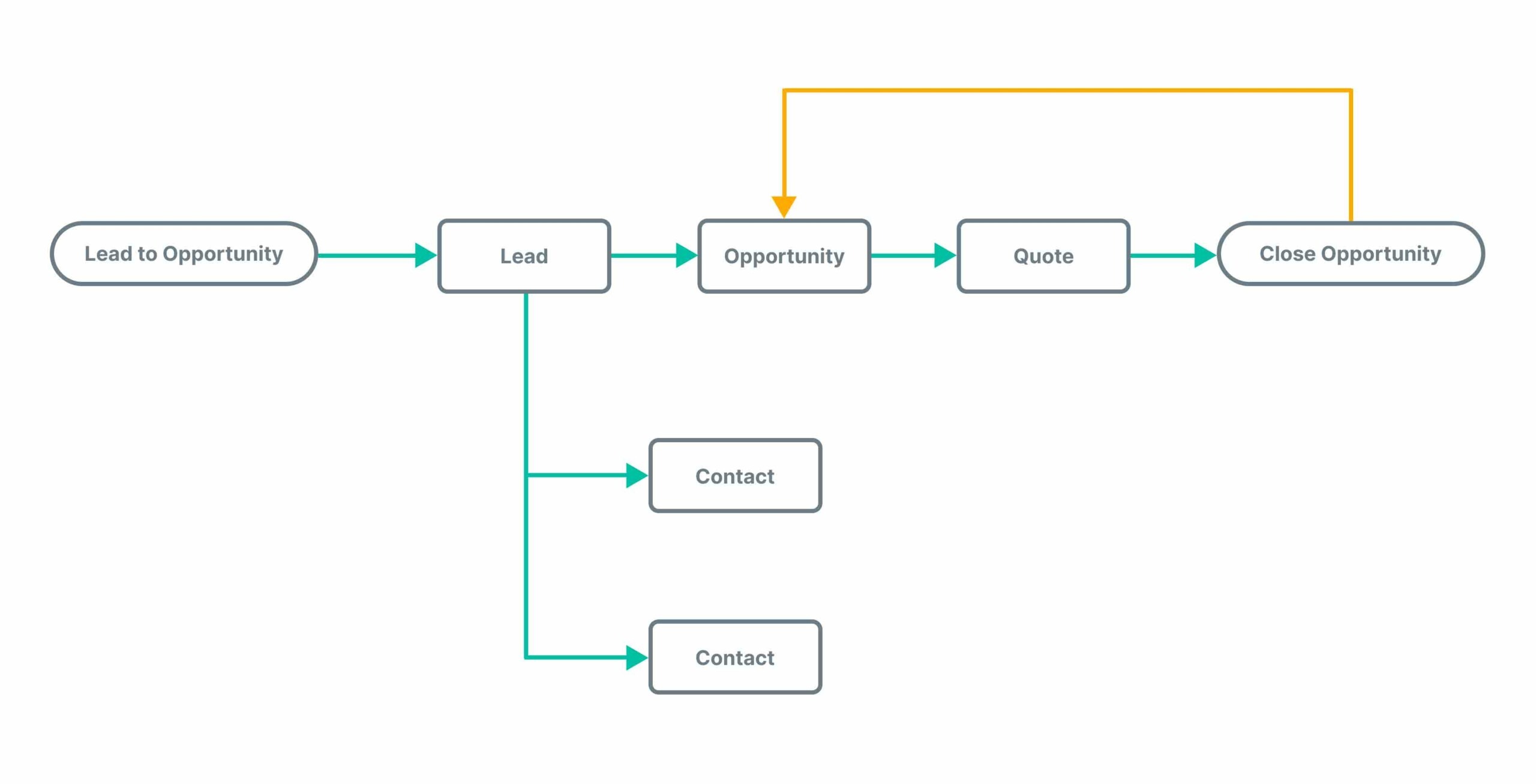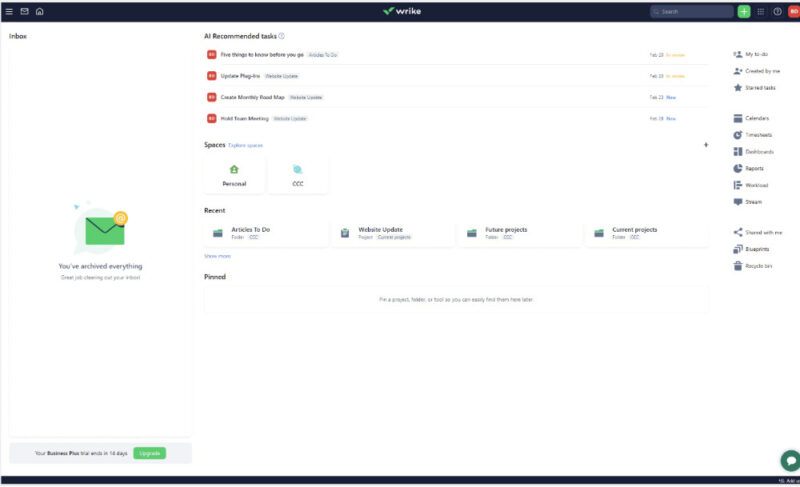
In the ever-evolving landscape of digital marketing, the ability to connect with potential customers and guide them through the sales funnel is paramount. This is where the power of CRM marketing, specifically lead nurturing, comes into play. This comprehensive guide will delve deep into the intricacies of CRM marketing and lead nurturing, providing you with the knowledge and strategies to transform leads into loyal customers and ultimately, drive business growth.
Understanding the Core: What is CRM Marketing?
At its heart, CRM (Customer Relationship Management) marketing is a strategy that focuses on building and maintaining strong, lasting relationships with customers. It’s not just about selling; it’s about understanding their needs, preferences, and behaviors to provide them with personalized experiences that resonate. CRM marketing leverages technology, data analysis, and targeted communication to achieve this.
Think of it this way: imagine having a personal assistant who knows everything about your customers – their past purchases, their communication history, their expressed interests. That’s essentially what a CRM system provides. It’s a centralized hub that stores all customer-related information, allowing businesses to gain valuable insights and tailor their marketing efforts accordingly.
Key Components of CRM Marketing:
- Customer Data Management: Collecting, organizing, and analyzing customer data from various sources.
- Segmentation: Grouping customers based on shared characteristics, such as demographics, behavior, or purchase history.
- Personalization: Tailoring marketing messages and offers to individual customer preferences.
- Automation: Using software to automate repetitive tasks, such as email campaigns and follow-ups.
- Analytics and Reporting: Tracking and measuring the performance of marketing campaigns to identify areas for improvement.
The Power of Lead Nurturing: Guiding Leads Through the Funnel
Lead nurturing is a critical component of CRM marketing. It’s the process of building relationships with potential customers, or leads, who are not yet ready to make a purchase. This involves providing them with valuable content, addressing their concerns, and gradually moving them closer to a buying decision.
Think of the sales funnel as a journey. Leads enter at the top, often as strangers, and the goal is to guide them down through awareness, interest, decision, and finally, action (a purchase). Lead nurturing plays a vital role in each stage, helping to build trust, demonstrate value, and ultimately, convert leads into customers.
Why is Lead Nurturing Important?
- Increased Conversions: Nurturing leads increases the likelihood of them becoming customers.
- Improved Sales Efficiency: By focusing on qualified leads, sales teams can spend their time more effectively.
- Enhanced Customer Loyalty: Building relationships with leads fosters loyalty and encourages repeat business.
- Reduced Cost Per Acquisition: Lead nurturing can lower the cost of acquiring new customers.
- Better Brand Awareness: Consistent communication builds brand recognition and positions your company as a thought leader.
Crafting a Successful Lead Nurturing Strategy: A Step-by-Step Guide
Creating a successful lead nurturing strategy involves careful planning and execution. Here’s a step-by-step guide to help you get started:
1. Define Your Target Audience
Before you can nurture leads effectively, you need to know who you’re targeting. Create detailed buyer personas that represent your ideal customers. Consider their demographics, psychographics, pain points, goals, and buying behaviors. This information will inform your content creation and messaging.
2. Segment Your Leads
Not all leads are created equal. Segmenting your leads based on their behavior, demographics, and stage in the sales funnel allows you to personalize your communication. For example, you might segment leads who have downloaded a specific ebook or visited a particular page on your website.
3. Map the Customer Journey
Understand the different stages of the customer journey and the types of content that are most effective at each stage. This will help you create a cohesive and relevant lead nurturing flow. Consider the following stages:
- Awareness: Leads are just becoming aware of your brand and may be seeking information.
- Interest: Leads are showing interest in your products or services and are looking for more details.
- Decision: Leads are evaluating their options and are considering making a purchase.
- Action: Leads make a purchase or take another desired action.
4. Create Valuable Content
Content is the engine of lead nurturing. Create a variety of content formats that cater to different stages of the customer journey. Consider the following:
- Blog posts: Informative articles that address your target audience’s pain points.
- Ebooks and white papers: In-depth resources that provide valuable insights.
- Webinars: Live or recorded presentations that educate and engage leads.
- Videos: Engaging content that showcases your products or services.
- Case studies: Real-world examples of how your products or services have helped customers.
- Infographics: Visually appealing content that presents complex information in an easy-to-understand format.
Make sure your content is high-quality, relevant, and aligned with your target audience’s needs and interests. Provide value, solve their problems, and position yourself as a trusted resource.
5. Choose the Right Channels
Select the channels that are most effective for reaching your target audience. Email marketing is a cornerstone of lead nurturing, but you can also use other channels such as:
- Social media: Share your content, engage with your audience, and build brand awareness.
- Paid advertising: Target your ideal customers with paid ads on platforms like Google and social media.
- Website: Use your website to capture leads and provide valuable content.
- SMS marketing: Send personalized text messages to engage leads and drive conversions.
6. Automate Your Workflows
Automation is key to scaling your lead nurturing efforts. Use CRM software to create automated workflows that trigger based on lead behavior. For example, you might send a series of emails to leads who download a specific ebook, or you might automatically assign leads to a sales representative based on their engagement.
7. Personalize Your Communication
Personalization is essential for building relationships with leads. Use your CRM system to personalize your emails, website content, and other communication. Address leads by name, reference their past interactions with your brand, and tailor your messaging to their specific interests and needs.
8. Track and Measure Your Results
Track the performance of your lead nurturing campaigns using key metrics such as:
- Open rates: The percentage of emails that are opened.
- Click-through rates: The percentage of recipients who click on links in your emails.
- Conversion rates: The percentage of leads who convert into customers.
- Lead-to-customer conversion rate: The percentage of leads that become paying customers.
- Website traffic: The number of visitors to your website.
- Lead quality: The quality of leads generated.
Use these metrics to identify areas for improvement and optimize your campaigns.
9. Test and Optimize
Constantly test and optimize your lead nurturing campaigns to improve their performance. A/B test different email subject lines, content formats, and calls to action. Analyze your results and make adjustments as needed.
10. Align Sales and Marketing
Ensure that your sales and marketing teams are aligned. Share data and insights, and work together to create a seamless customer experience. This will help you close more deals and drive revenue.
CRM Software: Your Essential Tool for Lead Nurturing
Choosing the right CRM software is crucial for implementing a successful lead nurturing strategy. The best CRM systems offer features such as:
- Contact management: Store and manage customer data.
- Lead management: Track and nurture leads.
- Email marketing: Send personalized email campaigns.
- Workflow automation: Automate repetitive tasks.
- Reporting and analytics: Track and measure your results.
- Sales force automation: Streamline the sales process.
- Integration with other tools: Connect with your other marketing and sales tools.
Here are some popular CRM software options:
- Salesforce: A comprehensive CRM platform for businesses of all sizes.
- HubSpot CRM: A free CRM with powerful marketing automation features.
- Zoho CRM: A versatile CRM with a wide range of features.
- Pipedrive: A sales-focused CRM with a user-friendly interface.
- Microsoft Dynamics 365: A powerful CRM platform for large enterprises.
The best CRM software for you will depend on your specific needs and budget. Consider your company size, industry, and goals when making your decision.
Best Practices for CRM Marketing and Lead Nurturing
To maximize the effectiveness of your CRM marketing and lead nurturing efforts, consider these best practices:
- Focus on providing value: Always prioritize providing value to your leads. Offer helpful content, address their pain points, and build trust.
- Be patient: Lead nurturing is a long-term strategy. Don’t expect overnight results.
- Be consistent: Maintain a consistent communication schedule to keep your brand top of mind.
- Personalize your communication: Use your CRM system to personalize your emails, website content, and other communication.
- Segment your leads: Segment your leads based on their behavior, demographics, and stage in the sales funnel.
- Use a multi-channel approach: Don’t rely on just one channel. Use a combination of email, social media, website, and other channels to reach your target audience.
- Test and optimize: Constantly test and optimize your lead nurturing campaigns to improve their performance.
- Align sales and marketing: Ensure that your sales and marketing teams are aligned to create a seamless customer experience.
- Stay up-to-date: The marketing landscape is constantly evolving. Stay up-to-date on the latest trends and best practices.
- Measure your results: Track the performance of your lead nurturing campaigns using key metrics to identify areas for improvement.
Common Mistakes to Avoid in Lead Nurturing
Even with the best intentions, it’s easy to make mistakes in lead nurturing. Here are some common pitfalls to avoid:
- Sending irrelevant content: Always tailor your content to your target audience’s needs and interests.
- Sending too many emails: Avoid overwhelming your leads with too many emails.
- Not personalizing your communication: Personalization is key to building relationships with leads.
- Not tracking your results: Track the performance of your lead nurturing campaigns to identify areas for improvement.
- Not aligning sales and marketing: Ensure that your sales and marketing teams are aligned to create a seamless customer experience.
- Ignoring lead behavior: Pay attention to how your leads are interacting with your content and adjust your strategy accordingly.
- Not providing a clear call to action: Always include a clear call to action in your emails and website content.
- Using generic messaging: Avoid using generic messaging that doesn’t resonate with your target audience.
- Focusing solely on selling: Lead nurturing is about building relationships, not just selling.
- Not updating your CRM data: Keep your CRM data up-to-date to ensure accurate targeting and personalization.
Measuring the Success of Your CRM Marketing and Lead Nurturing Efforts
Tracking your results is crucial for understanding the effectiveness of your CRM marketing and lead nurturing efforts. Here are some key metrics to monitor:
- Lead generation: The number of leads generated.
- Lead-to-customer conversion rate: The percentage of leads that convert into customers.
- Customer lifetime value (CLTV): The total revenue generated by a customer over their relationship with your business.
- Return on investment (ROI): The profitability of your marketing campaigns.
- Website traffic: The number of visitors to your website.
- Email open rates: The percentage of emails that are opened.
- Click-through rates (CTR): The percentage of recipients who click on links in your emails.
- Conversion rates: The percentage of leads who convert into customers.
- Cost per lead (CPL): The cost of acquiring a lead.
- Cost per acquisition (CPA): The cost of acquiring a customer.
By regularly monitoring these metrics, you can identify what’s working and what’s not, and make data-driven decisions to optimize your campaigns.
The Future of CRM Marketing and Lead Nurturing
The world of CRM marketing and lead nurturing is constantly evolving. Here are some trends to watch out for:
- Artificial intelligence (AI): AI is being used to automate tasks, personalize content, and improve lead scoring.
- Hyper-personalization: Marketers are using data to create even more personalized experiences.
- Omnichannel marketing: Businesses are using a combination of channels to reach their customers.
- Video marketing: Video is becoming an increasingly popular way to engage leads.
- Data privacy: Data privacy is becoming more important than ever.
By staying ahead of these trends, you can ensure that your CRM marketing and lead nurturing efforts remain effective in the years to come.
Conclusion: Embrace the Power of CRM and Lead Nurturing
CRM marketing and lead nurturing are essential strategies for businesses that want to thrive in today’s competitive market. By understanding your customers, providing them with valuable content, and guiding them through the sales funnel, you can build strong relationships, increase conversions, and drive sustainable growth.
Embrace the power of CRM and lead nurturing, and watch your business flourish.


